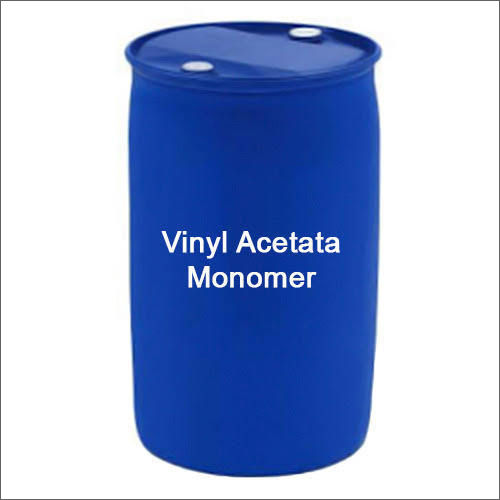
Orthodichloro Benzene Chemical
122 INR/Kilograms
Product Details:
X
Orthodichloro Benzene Chemical Price And Quantity
- 50 Kilograms
- 122 INR/Kilograms
Product Description
Enter Buying Requirement Details




